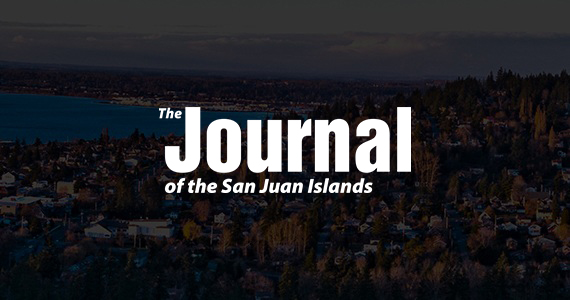The mud and the water have always been a source of food. But when we start to see shorelines and rivers not as places where we get our food, but where we can make money developing property for the best views and highest value, we dishonor the importance of our surroundings. When pollution has gotten so bad that we can’t fish or harvest shellfish from our home waters, we start depending on food from other sources, sometimes thousands of miles away. Folks down on the Gulf Coast are going through that right now.
It’s raining hard today — Sept. 1 — the first heavy rain we’ve seen in a while, and it makes me feel good. The air is clean, the fish are moving up the rivers and the dust of summer is being washed away. The end of summer is a good time to look back at what we’ve accomplished recently in restoring and protecting salmon and their habitat here in western Washington. I believe we are on the road to success. The milestones are adding up.
From bear grass to huckleberries to cedar and more, it’s getting harder and harder for the treaty Indian tribes in western Washington to find and access natural resources that are central to our culture. We need the traditional foods, medicines and materials that make us who we are. Like salmon, shellfish and wildlife, these things are part of us as Indian people. They were so important to us that we reserved our right to gather them when we signed treaties with the U.S. government.
Treaty tribal and state co-managers wrapped up their annual process of setting salmon fishing seasons recently and I was again reminded of those who say that a total ban on fishing is the only path to salmon recovery. They don’t truly mean a total ban though, just one on Indian and non-Indian harvesters. They don’t want to talk about all of the fish lost to dams, poisoned stormwater runoff and low stream flows. Those environmental factors “harvest” salmon just like any fishery. A dead fish is a dead fish no matter how it dies.
We know that protecting and restoring habitat are the keys to wild salmon recovery. But how are we really doing on that front? Puget Sound chinook and steelhead, Hood Canal summer chum and Lake Ozette sockeye are listed as “threatened” under the federal Endangered Species Act (ESA). Meanwhile, our culture, treaty rights and way of life – everything that makes us Indian people – are disappearing a little every day, just like the salmon.
The status quo jeopardizes wild salmon recovery. That’s what NOAA Fisheries, the federal agency in charge of implementing the Endangered Species Act regarding salmon, told the Federal Emergency Management Agency in reviewing FEMA’s floodplain management plan. If status quo development, pollution and other ongoing factors damaging and destroying salmon habitat are allowed to continue, ESA-protected species such as threatened Puget Sound chinook and steelhead will not recover.
Our five senses combine in another sense that is important to all of us as human beings: a sense of place. It is a powerful sense, it takes time to develop and can be lost when folks move around a lot from place to place and job to job. I have been blessed with a strong sense of place for my home, the Nisqually River. I know my place, my home. It’s where I feel the best. Place is an important part of treaty tribal fishing rights, too. Our rights are place-based.
We’re starting to see some light on the horizon when it comes to restoring salmon, and we have good management to thank for it. But despite the ground we’ve gained, we are losing habitat faster than we can restore it.
I don’t understand how you can get tired of trying to save the salmon. What those infected with salmon fatigue are really saying is, “Stop coming to me and talking about salmon.” I have news for them. We’re just getting started.
We need to be as tough as the salmon themselves if we’re going to see their recovery. South Fork Nooksack River native spring chinook are almost extinct and need our help. It wasn’t long ago when about 13,000 of these early-timed chinook came back to the river each year. They were the first salmon to arrive each spring, feeding Indian people after long winters, when no other salmon were in the river.



